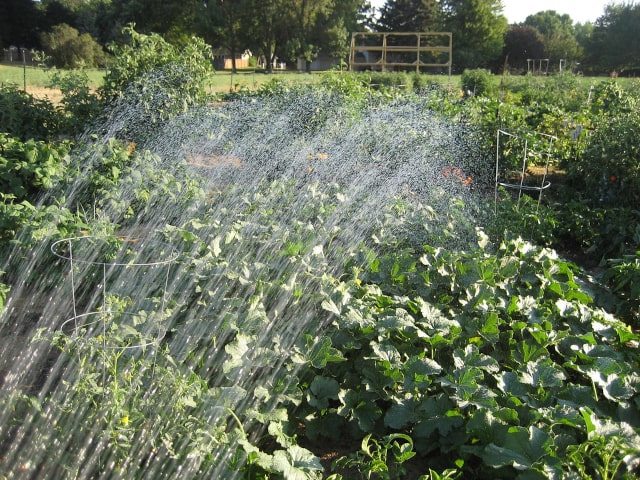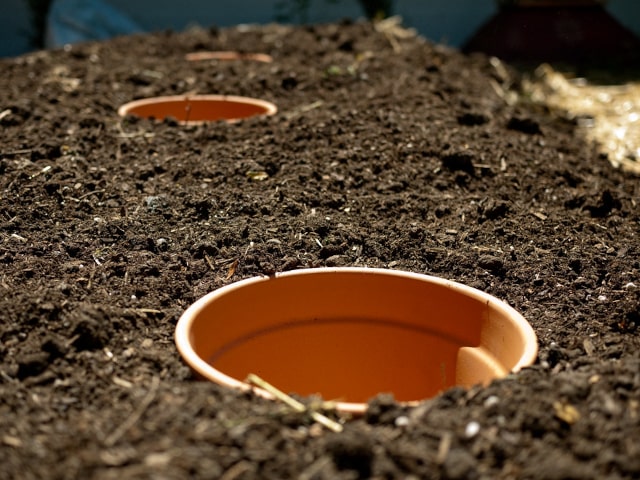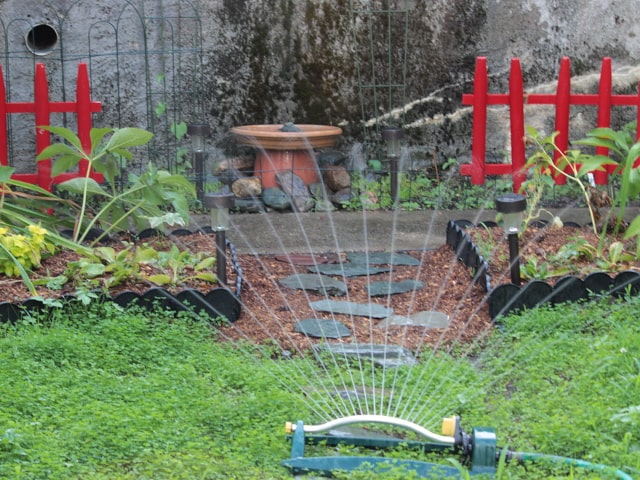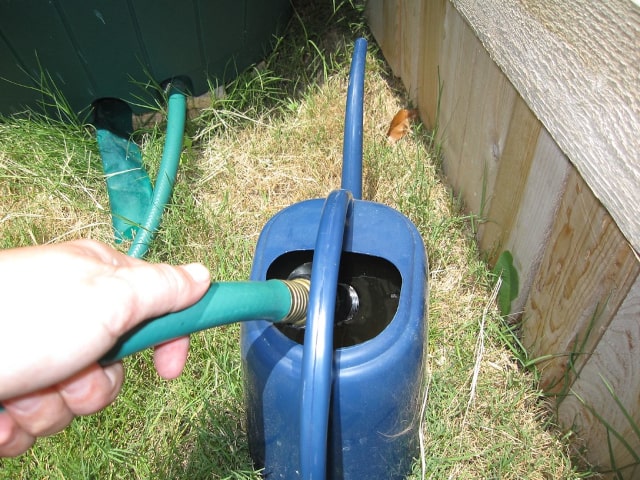
Droughts can be a huge problem with gardening. It's often difficult to water your plants properly if there is no rain. Luckily, there are some methods you can use to avoid droughts. They are very useful for preventing your beautiful garden from going dry.
One of the main problems come during summer water-saving measures. You may not be able to get all the water you want to your plants, which can prove to be dangerous for your garden. This is particularly problematic for vegetables: if they go dry, you're left without harvest. That's why it's so important to know some effective measures against droughts you can use in your garden.
Some of these methods require a bit of a money investment, but it's a money well spent. At the end of the day, all of these techniques will save you money and safe your garden. That's why it's worth investing in them.
Here are the most effective tips:
Know How to Use a Soaker Hose
Soaker hoses are great for watering, but they can also waste a lot of water if you don't know how to use them. The trick is to get the water into the soil right where the plants need them and not to waste the water where it will evaporate.
In order to make the most of your soaker hose, lay it along the base of the plants. It will water them gradually without wasting much water. It's best to put the hose alongside the rows of through garden beds.
Keep in mind that soaker hoses are easily damaged by sun. To protect them, cover them with a layer of mulch. They are also much more efficient than overhead sprinklers, so they are a good method of watering. However, they are not as effective as drip irrigation systems.
During winter, take out the hose to protect it from cold. It's important to protect the hose so it will be useful in the next season.
Use a Distributor to Water in Sections
A distributor can help you bring the water to different parts of the garden. It is very useful in dividing your garden into sections. Each section can be watered independently. The distributor also allows you to control the flow of water to any hose you choose, so you have a full control of watering your whole garden.
In order for this method to work, you need to understand how to water in sections. Here's the thing: some parts of your garden may need more water than the others, which can depend on the soil, light and the type of crops you grow. For example, deeply planted tomatoes often have access to deep soil moisture, while the pole beans might be struggling with drought. If this is the case with your garden, it sure helps to water in sections.
To do it effectively, install a distributor with adjustable outlets on the faucet. It will allow you to connect more than one soaker hose at the time. The distributor allows you to turn one section and turn off the other, depending on the needs.
Most of these systems are sold in varying lengths so you will find the one that suits your garden.
Install Drip Irrigation
Drip irrigation systems are very effective. They may be tiresome to install, since you need to put a tube to every plant. However, this is one of the best watering methods and it works wonderfully. It is particularly useful for small gardens and potted plants.
The system has tubes and emitters made to deliver the water at a targeting amount and just where you want them. This is why it's important to install them at the base of each plant.
It's interesting to note that this is a very ancient watering method and it's still as effective as it was in the past. It is often used in desert climates, where every drop of water counts. It's clear why it's such a good method for dry summer days.
Use Deep Watering
Deep watering is a very efficient method. It allows the water to get deep down into the soil. Shallow watering is not the best option because it encourages the roots to stay near the surface, which makes the plants more susceptible to drought.
A much better option is to water plenty once or twice per week than to water your plants a little every day. The only way to achieve this type of plentiful watering is to water deeply. It means to apply at least one inch of water at a time, but deep into the soil. It's easy to measure the amount of watering: place a container to catch the water and wait until it's filled to an inch.
The best way to water deeply is to use drip systems, special sprinklers or soaker hoses. Watering with an ordinary hose just won't do the trick.
Use a Water Timer
A timer is a great way to control your watering. It can be programmed to turn the water on and off so it won't waste any water. There are many different types of timers. Some are very simple while others are very elaborate, with numerous programmable features.
One advantage of using a timer is that it can water your plants without you. It means your garden watering will not depend on your schedule (or, worse, memory). Timers can be found in garden centers and you can get them at about $20. They make a good investment so they are recommended even for times when there's no risk of drought!
Mulch Your Plants
Mulching is very effective for keeping the water. Add about 2-3 inches of mulch layer around your gardening plants to protect them. Mulch can be made of straw or another organic material. It will help keeping the soil moist for longer.
Mulch works by providing a barrier between the soil and the outside agents such as soil and hot air. It offers additional benefits, such as keeping weeds away (it prevents weed seeds from sprouting).
The best mulch is made of straw, homemade compost and pine straw, but you may use other materials as well. Paper can also be a good mulch material (add a layer at least 4 sheets thick to protect the plants).
Install a Rain Barrel
Why bother with water when you can use rain? Rain barrels are getting more and more popular. They are great for collecting rainwater to be used in the garden.
You can buy special rain barrels with spouts or you can make you own out of an old barrel or another container. You can use these barrels to collect water from gutter downspouts or other areas where it's easy to collect water. Save this water for sunny days and use it in your garden!
One word of warning: if you choose to use rain barrels, make sure they can't be accessed by small children. Also, it's vital to place a screening over the opening to keep mosquitoes and litter out of the barrel.
Improve Your Garden Soil
It may seem strange, but your garden soil will determine how effective watering is. For long term effects, improving the soil may be the best solution. You can add compost to improve the soil's texture. If there's a lot of heavy clay in your soil, it can hold a lot of water. The trouble is, it gets very hard when it dries. In order to improve the soil's texture, add some compost. It will make it easier for plants to grow in such a heavy soil.
Compost is also a good thing for sandy soils. Sandy soils do not hold water at all. Adding compost will sponge up moisture and improve the ability of sandy soil to hold water longer.
It's always best to use homemade compost, so if you don't have a compost pile in your garden it's good time to start one! You can also buy bagged compost (usually mushroom compost, a by-product of mushroom farms). Both are good for improving your soil.
Photo credit: Denise Krebs




0 Comments